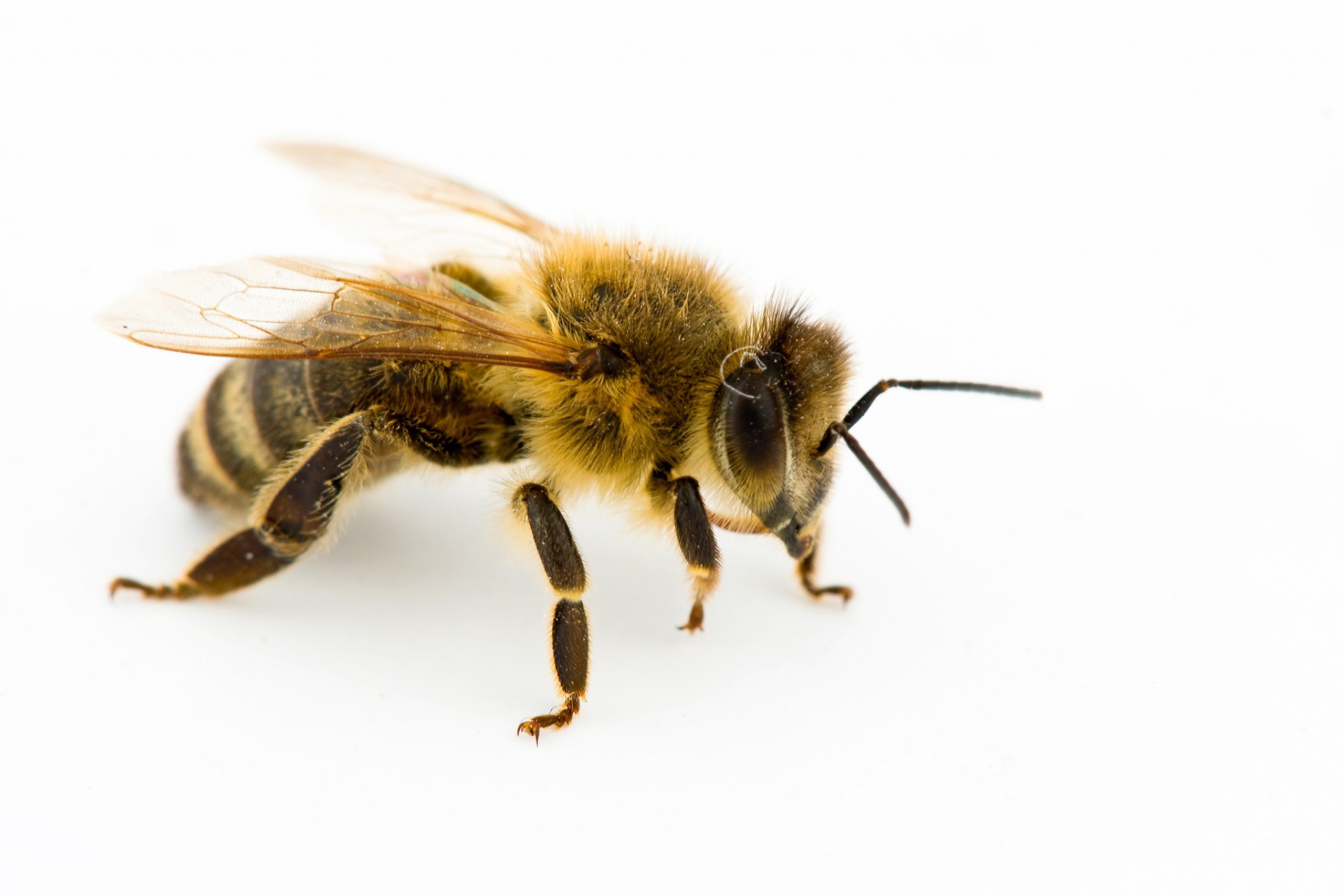The Honeybee Brain
March 28, 2015
How Our Brains are Similar to the Honeybee
In many respects, the honeybee’s brain is not as cognitively advances as humans but at the same time, humans and honeybees have a number of things in common. For example, human brains contain tens of billions of neurons that send signals throughout the body, while honey bees have just less than one million. Although this is a stark difference, both human’s and bee’s brains are both divided into two spheres. Scientists are just now discovering these similarities and investigating to find out more.
Humans and Bees Have “Sided” Brains
As mentioned, it has been discovered that both humans and honeybees have brains that are divided into left and right sides. Each side of a human’s brain is responsible for controlling different aspects of our day-to-day functions including different thoughts, cognition, and muscle control. Scientists wanted to explore how the different sides of a bee’s brain control their functionality – to do this, they removed either the right side of left side antenna from a group of honeybees and recorded their findings.
Bees who had the right side antenna removed were observed to still be able to recognize bees from their own hive while retaining the ability to feed and fight off invaders. On the other hand, bees who had their left side antenna removed took longer to recognize other honeybees from their own hive and had a harder time feeding and fighting off outsiders to the hive. This experiment proved that bees have “sided” brains, much like humans do, meaning different sides of their brain controls different functions.
Different Bee “Dances”
Scientists also believe that the different sides of a honeybee’s brain may be responsible for the dances they do to indicate the presence of food. When a honeybee finds nectar in a flower, it will fly back to the hive and perform this dance to alert other hive members of the food source. This complicated sequence of moves has stumped scientists for years, but recent developments in the study of their brains may unlock more about this common bee behavior and about the evolution of their communication.
Bees perform three instructive dances as part of their communication. The most common of these is known as the “waggle” dance – this is the most complicated of the dances and traces a vertical figure eight while also pointing out the direction of the food source. This dance also indicates the distance of how far away the flowers are from the hive. Further experiments will help to determine which side of the brain controls these dances and if it is possible for bees to learn other moves.
[dt_gap height="20" /]
[products ids="386, 380, 388, 45"]


.jpg)




